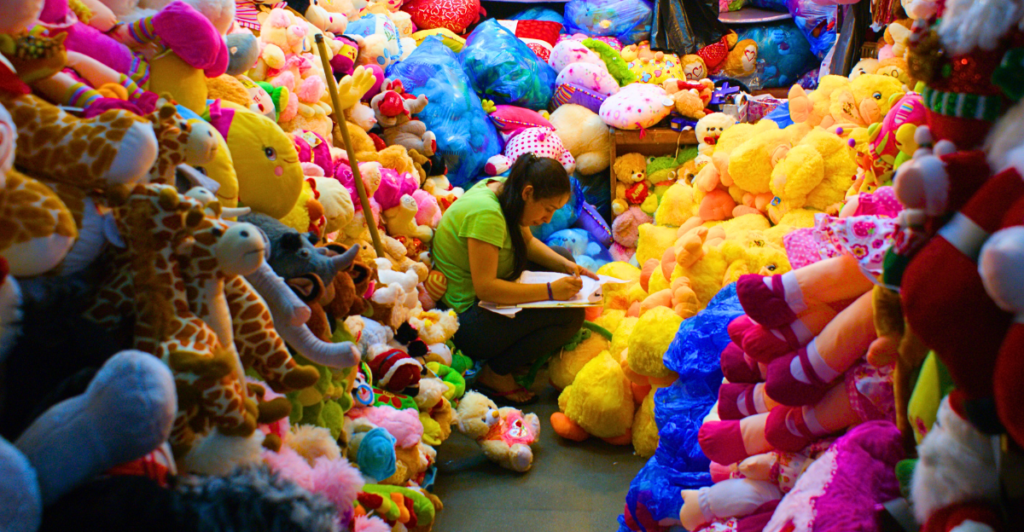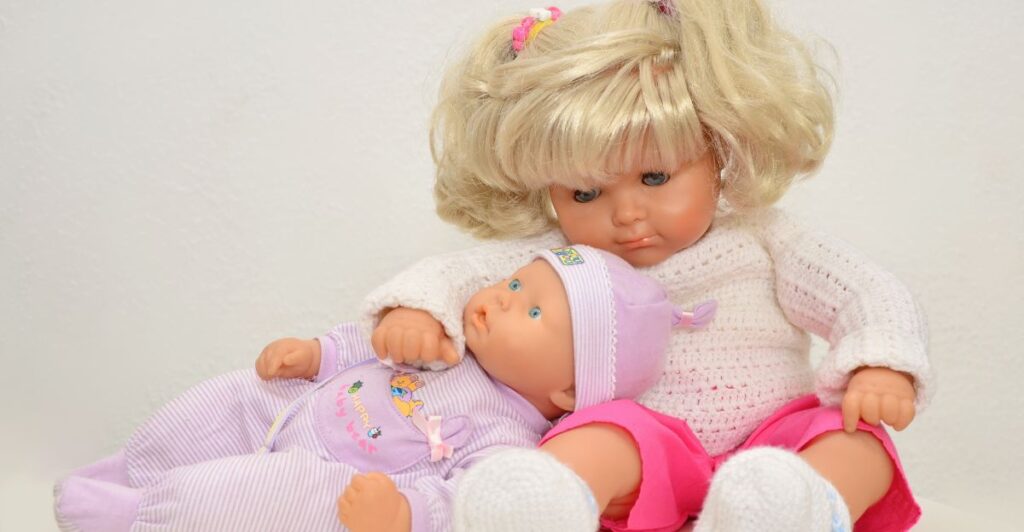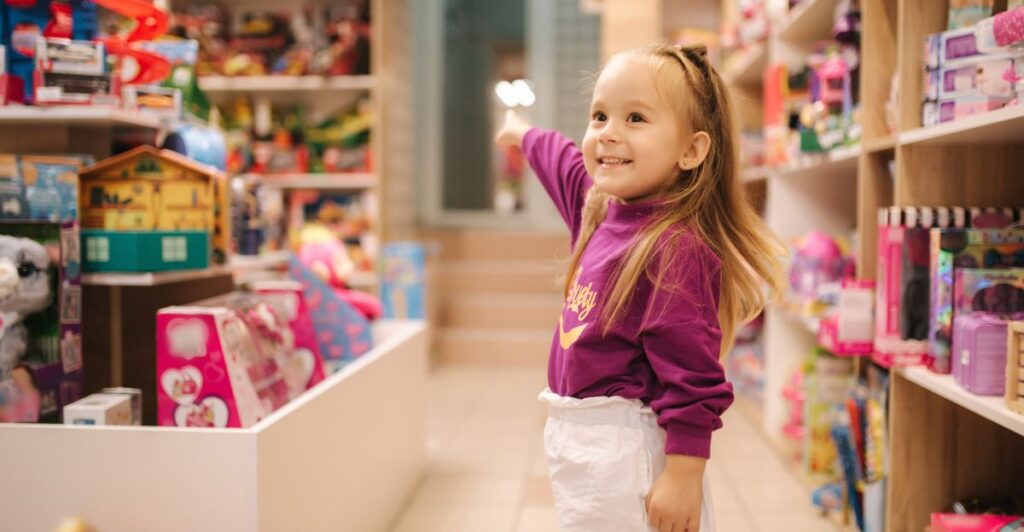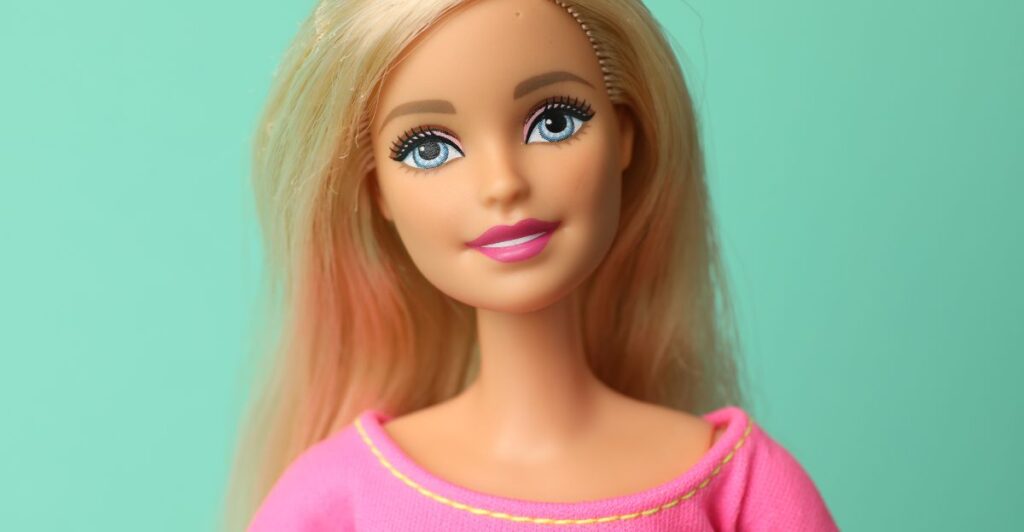
Recently, the U.S. government imposed steep tariffs on Chinese imports, sending shockwaves through the toy industry. Since approximately 80% of toys sold in the U.S. are made in China, the new tariffs will likely drive up production costs for toy makers, and those toy costs will likely be passed on to consumers.
Industry leaders warn that these price increases will likely ripple through the supply chain, resulting in more expensive toys for American families. The Toy Association has called for toys to be excluded from these tariffs, warning that they could lead to widespread shortages and price hikes. The industry is bracing for significant changes and uncertainty.
Mattel Sounds the Alarm

Mattel, the iconic company behind Barbie and Hot Wheels, has spoken out about the challenges posed by these new tariffs. The company has warned consumers that it will have to increase prices on some of its most popular toys and reduce its imports from China.
Mattel is currently scrambling to diversify its manufacturing operations in hopes of becoming less reliant on Chinese factories. However, executives know that these changes will not happen overnight. For now, Americans can expect higher prices on toys and fewer options on store shelves, especially for iconic brands like Barbie.
President Trump’s Perspective

President Donald Trump has defended these new tariffs, stating that they are crucial in protecting American jobs and industries. He has downplayed concerns about higher toy prices, telling reporters aboard Air Force One: “All I’m saying is that a young lady, a 10-year-old girl, 9-year-old girl, 15-year-old girl, doesn’t need 37 dolls.”
He also told NBC News’ Kristen Welker: “I don’t think that a beautiful baby girl needs — that’s 11 years old — needs to have 30 dolls. I think they can have three dolls or four dolls because what we were doing with China was just unbelievable.” While some agree with him, others argue that this approach overlooks the impact these tariffs have on American families, particularly those with lower incomes who might struggle to afford even a few toys for their children.
Price Hikes Hit Store Shelves

These tariffs have already begun affecting major retailers. In April, the price of the Barbie swimsuit doll at Target jumped by 43% and is now $14.99 instead of $10.49. Mattel has estimated that roughly 40% to 50% of its toys will stay under $20, but many of its more popular items are expected to become much more expensive.
The rising toy prices are especially concerning for families with limited incomes who might have to cut back on toy purchases for their children. Toys play a crucial role in a child’s development and serve multiple important physical and emotional functions. With the new tariffs in place, retailers are also worried about declining sales and unsold inventory.
Christmas Toy Shortages Loom

With the holiday season just seven months away, retailers and toy companies are growing increasingly anxious about potential shortages. These newly imposed tariffs have disrupted supply chains, leading some manufacturers to delay or even cancel orders due to rising costs.
Toy production and shipping usually take several months, and any setbacks now could result in empty store shelves by the time Christmas rolls around. Toy Association CEO Greg Ahearn told the Times, “If we don’t start production soon, there’s a high probability of a toy shortage this holiday season.” This holiday season, parents might find it hard to find popular toys, and children could be disappointed by fewer gifts under the tree.
Shifting Production Away from China

To mitigate the effects of the tariffs, toy companies are working hard to diversify their manufacturing operations. Mattel is working to move hundreds of products away from China and is expanding its production in countries like India and Vietnam. Over the next few years, the company wants to reduce its reliance on China to less than 40%.
Moving production is a complex and lengthy process that involves new supply chains, quality controls, and logistics. In the short term, these changes might not be enough to prevent higher prices or shortages.
Retailers and Workers Caught in the Crossfire

These tariffs will impact more than just manufacturers and consumers. Toy retailers, especially small businesses, are grappling with increased costs and supply chain disruptions that could jeopardize their survival. Many fear that they won’t be able to compete with larger chains or manage the added expenses, potentially forcing them to close their doors.
Workers in the toy industry are also facing uncertain futures as toy companies might cut jobs or reduce working hours to offset rising expenses. The broader economic impact could be significant, affecting the toy sector and related industries such as shipping, packaging, and retail.
Families Feel the Pinch

For families across America, the rising cost of toys is more than just an inconvenience; it’s a financial burden. After years of struggling with inflation and stagnant wages, parents are especially sensitive to price increases.
With these new changes, some might limit the amount of toys they buy their children, while others might turn to secondhand options. Low-income families will likely be hit the hardest by these new tariffs, with some estimates suggesting that after-tax incomes could drop by 4% due to the tariffs.
Political and Economic Fallout

The toy tariff issue is becoming a political hot topic. Administration argues that these new tariffs will strengthen the U.S. economy, but critics believe that the policy is out of touch with the realities faced by everyday Americans.
The toy industry already has low profit margins and relies on global supply chains. It is one of the first industries to feel the pain of these trade wars. As tensions rise, lawmakers and advocacy groups are urging the government to either roll back the tariffs or offer relief for essential consumer goods like toys.
The Future of Play in America

As these trade tensions continue, the future of playtime for American children remains uncertain. Toy companies are scrambling to adapt to these changes, but it looks like increased prices and fewer options could become the new normal. For many American families, collecting dolls or action figures could become a luxury rather than a normal childhood experience.
The toy industry’s ongoing efforts to diversify production could eventually stabilize prices, but for now, parents and kids are preparing for a world where playtime comes with a higher price tag and fewer options on the shelves.
Discover more trending stories and Follow us to keep inspiration flowing to your feed!

Craving more home and lifestyle inspiration? Hit Follow to keep the creativity flowing, and let us know your thoughts in the comments below!
